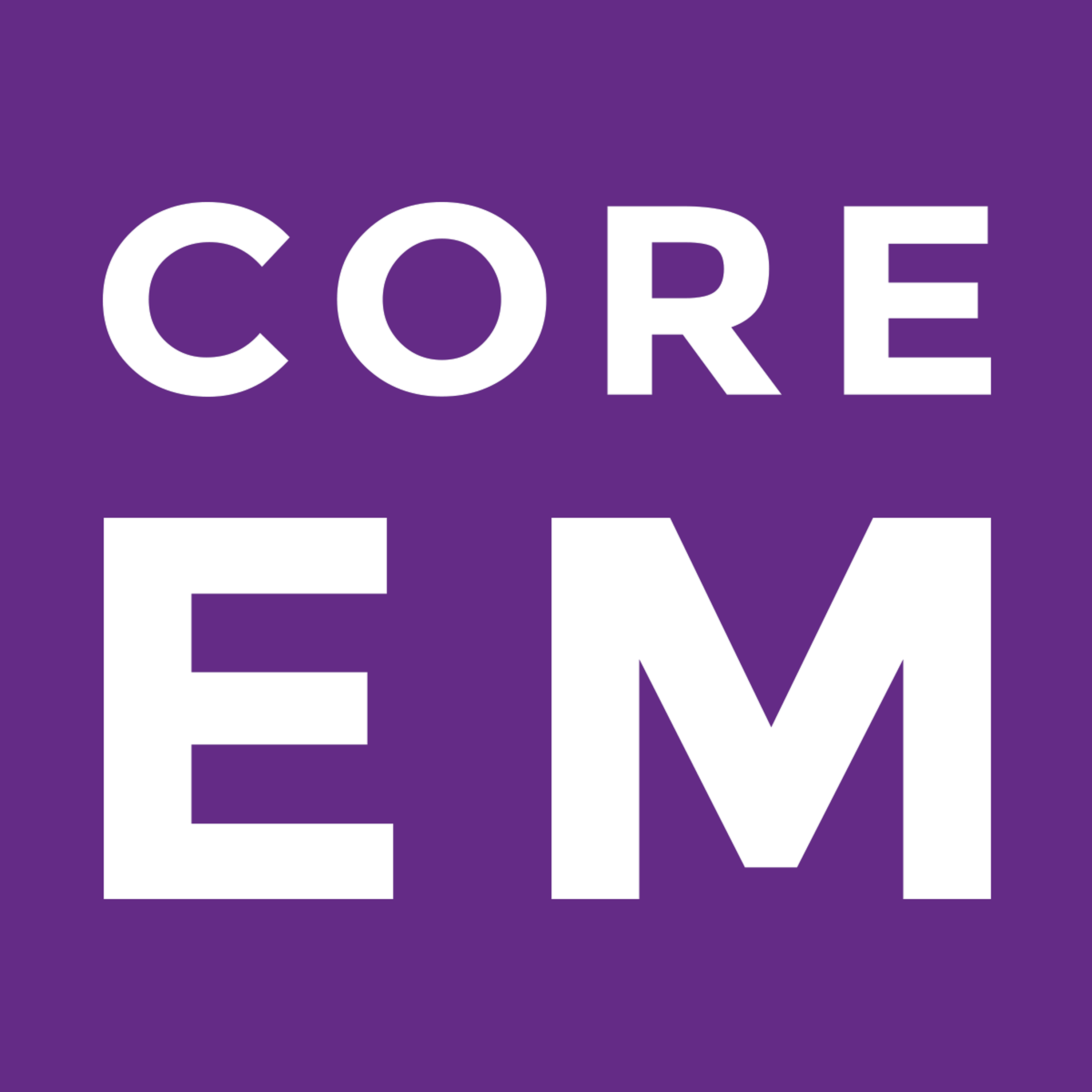Episode 170.0 – Septic Arthritis
Description
An overview of septic arthritis.
Hosts:
Audrey Bree Tse, MD
Brian Gilberti, MD
https://media.blubrry.com/coreem/content.blubrry.com/coreem/Septic_Arthritis.mp3
Download
Leave a Comment
Tags: Infectious Diseases, Orthopedics
Show Notes
Episode Produced by Audrey Bree Tse, MD
Background
Bacteria enters the joint by hematogenous spread due to absence of basement membrane in synovial space from invasive procedures, contiguous infection (e.g. osteomyelitis, cellulitis), or direct inoculation (e.g. plant thorns, nails)
WBCs migrate into joint → acute inflammatory process → synovial hyperplasia, prevents new cartilage from forming, pressure necrosis on surrounding joint, purulent effusion
Why do we care?
irreversible loss of function in up to 10% & mortality rate as high as 11%
Cartilage destruction can occur in a matter of hours
Complications include bacteremia, sepsis, and endocarditis
Etiology
Risk factors: extremes of age, RA, DJD, IVDA, endocarditis, GC, immunosuppression, trauma, or prosthesis
Organisms:
Staph: staph aureus (most common), MRSA, Staph epidermis
N gonorrhea: young healthy sexually active adults
Strep: group A & B
GNRs: IVDA, diabetics, elderly
Salmonella: sickle cell disease
Cutibacterium acnes: prosthetic shoulder infection
Consider mycobacterial & fungal in more indolent courses
Presentation
Typically a single, warm, erythematous, tender joint (#1: knee (50% of cases) → hip, shoulder, ankle)
*Any joint can be involved!
IVDA can involve sacroiliac, costochondral, & sternoclavicular joints
Classic teaching: very painful with ROM, but this is not always present!
Joint usually held in position of maximum joint volume
Prosthetic joints may have less pain than expected for a septic joint given changed anatomy and disrupted nerve endings
In 10-20% of cases, can see polyarticular involvement
GC typically monoarticular but commonly polyarticular
Often have fever & separate infection as well (only see fever in ~60% of cases)
Diagnostics
Arthrocentesis:
Gold standard
Tap joint even if acceptable ROM: septic joints can have normal motion so it does not exclude the diagnosis!
Use ultrasound if possible
Relative contraindications: overlying cellulitis (risk of seeding joint) or severe coagulopathies (weigh risk of creation or worsening of iatrogenic hemarthrosis)
Keep in mind that a “dry tap” may occur due to incorrect needle placement, absent/ minimal joint effusion,
More Episodes
Published 04/01/24
Published 03/01/24
Published 02/01/24


